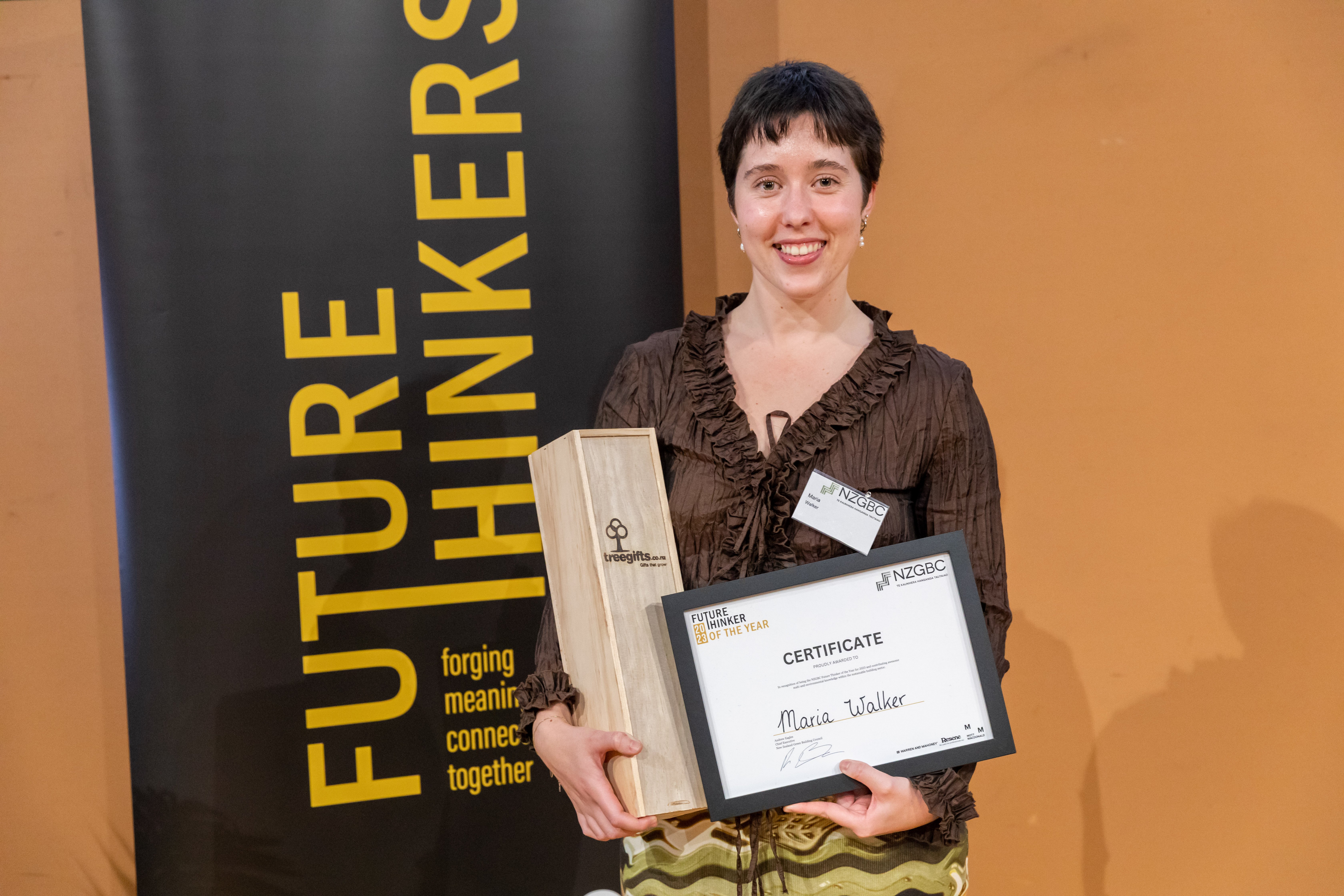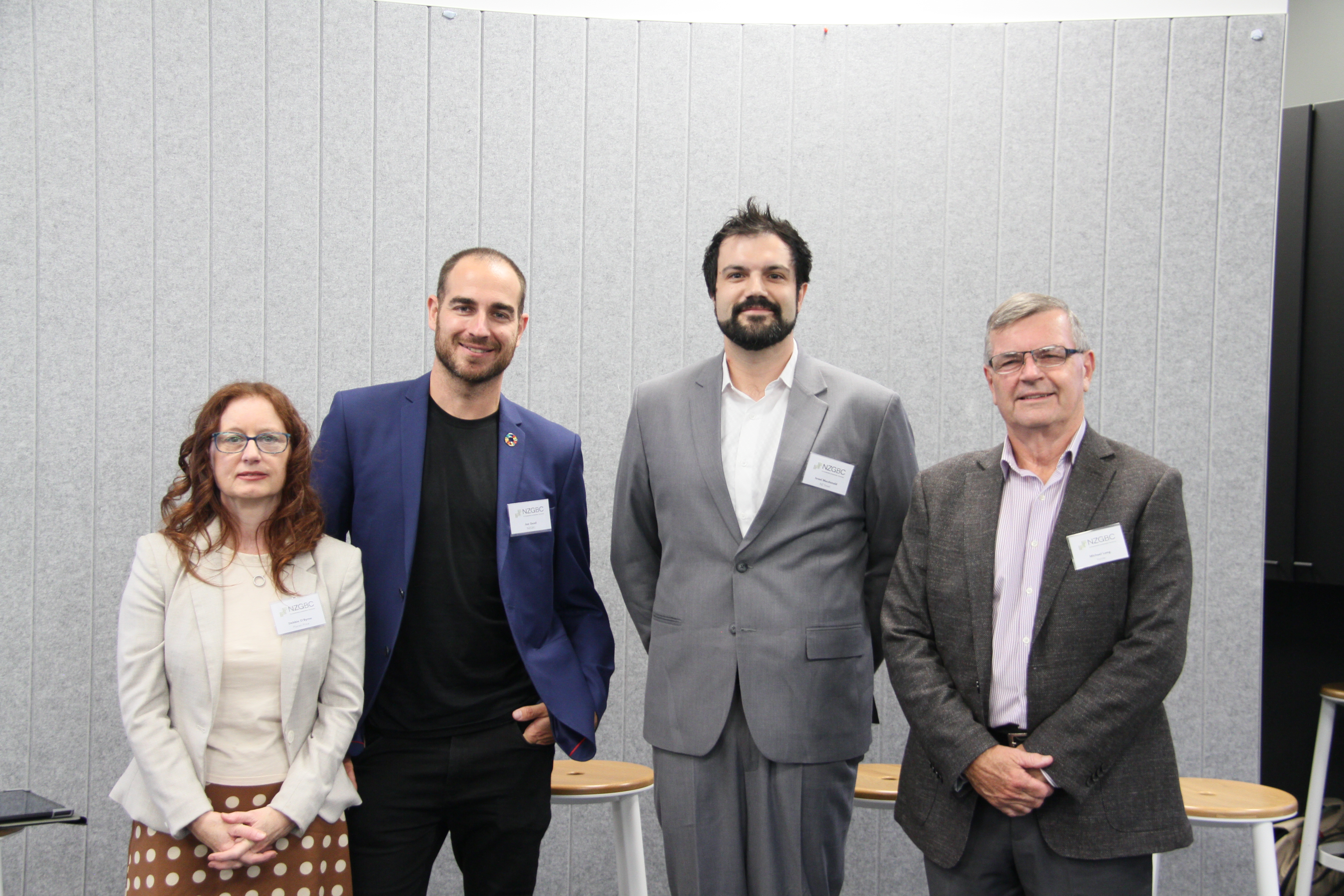Green Star Technical Clarification Rulings
Technical Clarifications for Green Star represent our answers to Technical Questions submitted by projects, and provide further guidance and reference to others. The list is regularly updated.
There are two types of Technical Clarifications listed in the table below:
General Clarifications
These are extensions to the guidance provided in the Submission Guidelines. They clarify and sometimes supersede the original Credit Criteria or
Compliance Requirements. General Clarifications set precedent for future project teams to follow. Should a project team wish to apply a general clarification to its project, there is no requirement for further Technical Questions to be submitted. NZGBC Assessors will also use them as precedents to assess submissions.
Project Specific Clarifications
These are published as references for other projects but, unlike General Clarifications, they do not set precedent. They often relate to special
situations where multiple prerequisites exist for a particular project and are less likely to reoccur to another project. Therefore, rulings set for Project Specific Clarifications are often conditional and will likely vary for other projects. Each project still needs to submit its own Technical Questions and provides evidence relating to its own building in order to have a similar ruling approved for that specific building.
Should you wish to apply any Technical Clarification for legacy rating tools to your projects, please submit a Technical Question to the NZGBC to
explain why and how it applies. You can download the Technical Question form here
| Technical Question Title | Clarification Type | Tool Version | Month Released | Credit Name | Sub-credit Name | Amendment/Approved Ruling |
|---|---|---|---|---|---|---|
| Credit 17B.4 Active transport points | General | INTv1, DABv1.1 | May 2025 | 17 - Sustainable Transport | Active Transport Facilities |
Points for credit 17B.4 can be awarded independantly of each other. There is not a requirement to achieve the point for providing cycling facilities to the building’s regular occupants as a prerequisite for the the point to be awarded for providing cycling facilities to the building’s visitors. |
| Text Correction | DABv1.1 | May 2025 | 26 - Light Pollution | Light Pollution to Night Sky |
The second bullet point of specified reduction option ‘26.2B Control of Direct Illuminance’ is amended to read the following:
“0.1Lux to 4.5 metres beyond the site into the night sky…”
|
|
| Zero Car Parking Spaces | DABv1.1 | May 2025 | 17 - Sustainable Transport | Sustainable Transport Prescriptive Pathway |
The NZGBC recognises that Policy 11 of the National Policy Statement on Urban Development 2020 has eliminated minimum car parking requirements to be set by all local authorities.
With a zero car parking space minimum now being possible, a further reduction in car parking spaces from this new baseline standard would therefore no longer be achievable. Note: this zero park minimum excludes any accessible car parking requirements for a building. Credit 17B.2’s standard has been exceeded and is therefore ‘Not Applicable’ to all submissions.
This TC also retroactively applies to all submissions made after the NPS UD came into effect on 20 August 2020.
|
|
| Enviromark Diamond | Green Star Buildings NZ | May 2025 | 2 - Responsible Construction |
The Enviromark Diamond framework is accepted as a compliant Environmental Management System for projects valued at over $25 million. |
||
| Prescriptive Definitions | Green Star Buildings NZ | May 2025 | 3 - Verification and Handover |
There are no prescriptive definitions for common uses, major uses and major sources for energy and water metering defined in Green Star Buildings. Project teams should justify their definition in the submission.
The following guidance, adapted from Green Star - Design and As Built is provided to help project teams identify these uses and sources.
Metering is to be provided to allow for monitoring of the relevant areas or functions of the project. In most cases floor-by-floor metering will suffice if the entire floor has a single use. If a floor has multiple uses, the different uses shall be metered e.g. in a floor be composed of office space and a seminar room, both spaces shall be separately sub-metered. If a floor has multiple tenants or owners, each tenancy or property shall also be separately sub-metered.
Where an energy load for a single item exceeds 5% of the total energy use for the building, or 100kW, it should be independently metered. Supplementary equipment can also be installed on the same measured circuit as the major use item. However, the total combined energy use of any systems connected to the major use item should not contribute more than 10kVA to the overall energy use.
Where a common water use consumes 10% of the project’s water use, these should be independently metered.
The following examples are provided as guidance:
Project teams may install metering above and beyond the examples given above.
|
||
| Decorative Lighting | Green Star Buildings NZ, DABv1, DABv1.1 | May 2025 | 11 - Lighting Comfort | General Illuminance and Glare Reduction, Minimum Lighting Comfort |
Projects may exclude decorative lighting from the following criteria where the decorative lighting is not the primary source of lighting in the room, and each regularly occupied area is supplied with a primary light source (e.g. downlights) that meets all criteria requirements:
|
|
| Location of Changing Facilities | Green Star Buildings NZ | May 2025 | 27 - Movement and Place |
Changing Facilities (end of trip) may be provided on a different floor from bike storage if they are easily accessible and meet all other requirements.
End-of-trip facilities, including changing rooms, showers, and lockers, must be provided in a dedicated facility within easy access of the bike storage. This is to meet the credit intent to encourage occupants and users to use active, low carbon and public transport options instead of private vehicles.
Some examples of what can and can't be accepted:
Acceptable
Not Acceptable
|
||
| Diverse Lead Teams | Green Star Buildings NZ | May 2025 | 31 - Inclusive Construction Practices |
NZGBC clarifies that the intent of the requirement, 'empower a diverse lead team to manage these policies on-site' in the Inclusive Construction Practices credit in Green Star Buildings is to ensure that the on-site lead team are equipped to implement the discrimination, racism, and bullying policies appropriately.
Therefore, to demonstrate this, projects may show that the site leadership team is proactively implementing these policies on site. The make-up of the site leadership team is not required to be demonstrated to be diverse themselves but are shown to be able to enforce the policies appropriately.
Be the first to appreciate this
198 Views
|
||
| Needs Analysis | Green Star Buildings NZ, DABv1, DABv1.1 | May 2025 | 31 - Inclusive Construction Practices | Responsible Construction Practices |
The requirement for responsible parties to conduct a needs analysis has been waived if the physical and mental health programmes implemented are from the NZGBC suggested list.
However, if issues outside of the provided list are used, a needs analysis justifying the inclusion of the issue must be provided.
Additionally, two new issues have been added to the list of issues that may be considered include:
|
|
| Meeting air tightness testing targets | Green Star Buildings NZ | May 2025 | 3 - Verification and Handover |
Project teams failing to meet the air tightness targets set for the project when targeting the Verification and Handover credit from Green Star Buildings at the Certified stage still meet the requirements of the Minimum Expectation. For any testing conducted, documentation of deficiencies (including results below targets) should be distributed to the project team, included in the commissioning report, and signed off by the design team.
The intention of target setting is to ensure that air tightness is considered meaningfully in the project during design and construction and is properly integrated into the commissioning process. Project teams should ensure that targets set during this process are reasonable and relevant to the project design and its intended performance.
At the Certified stage, projects are to provide evidence of their performance against the set air tightness goals. Where these targets are not achieved, project teams are encouraged to communicate with the building owner and address any discrepancies as far as practically possible as part of the commissioning process and review the design to note any lessons learnt for future projects.
Please note that final air tightness test results should be incorporated into energy models as per Credit 22: Energy Use – Reference Building Pathway
|

